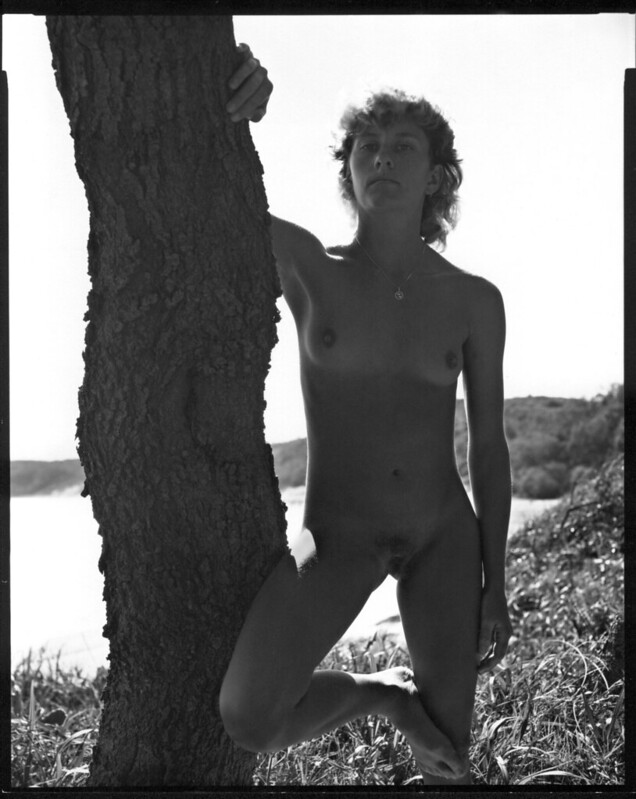Maris Rusis
Member

Nude and Tree, Alexandria Bay
There's always an agenda:
To strengthen and simplify the forms by the use of a near silhouette.
To retain hints of detail and texture in the darkest tones, rough bark versus smooth skin. This trope is supposedly a grace note in a hand-made physical photograph.
Rather than have the big camera loom over the model I set a low camera position so that the line of gaze from model to camera is downhill. Maybe confidence and personal presence projects best from high to low.
